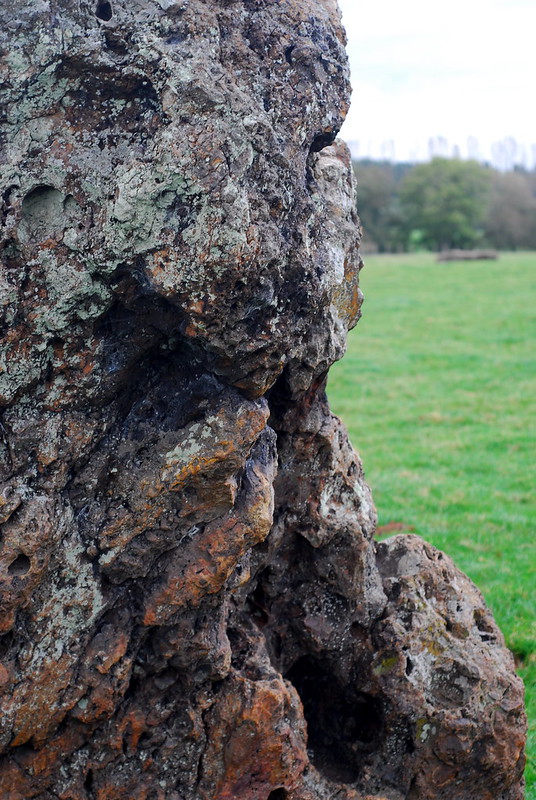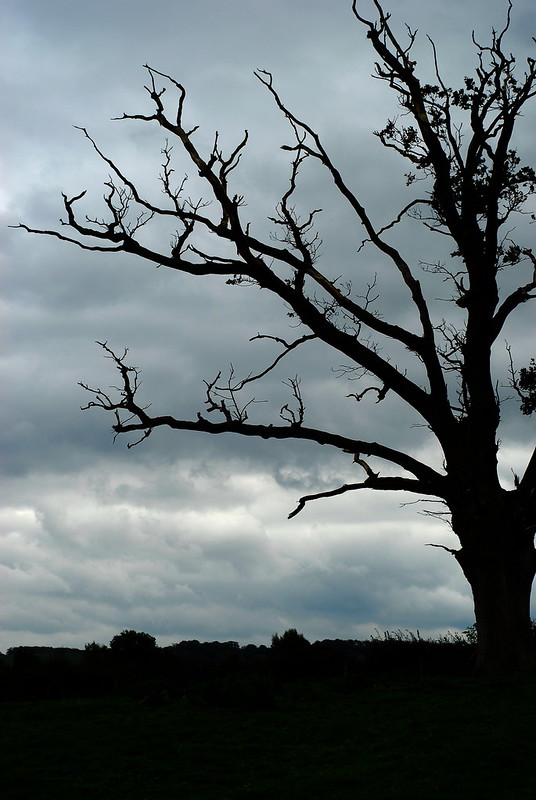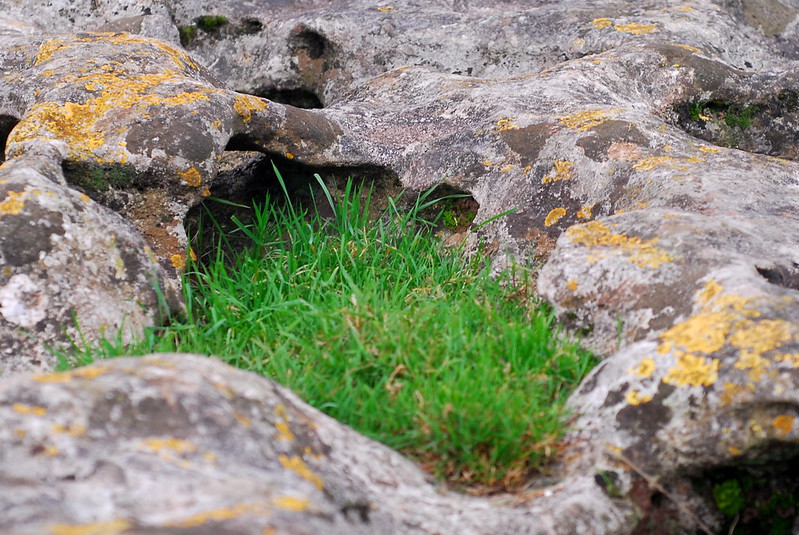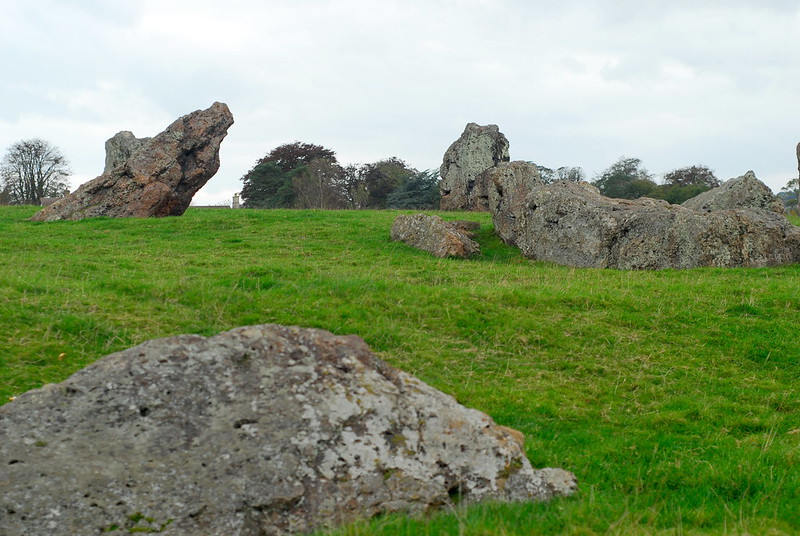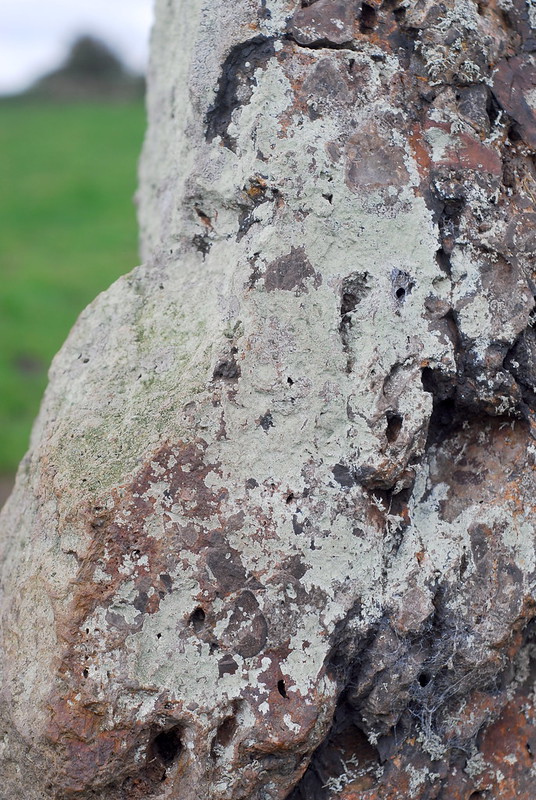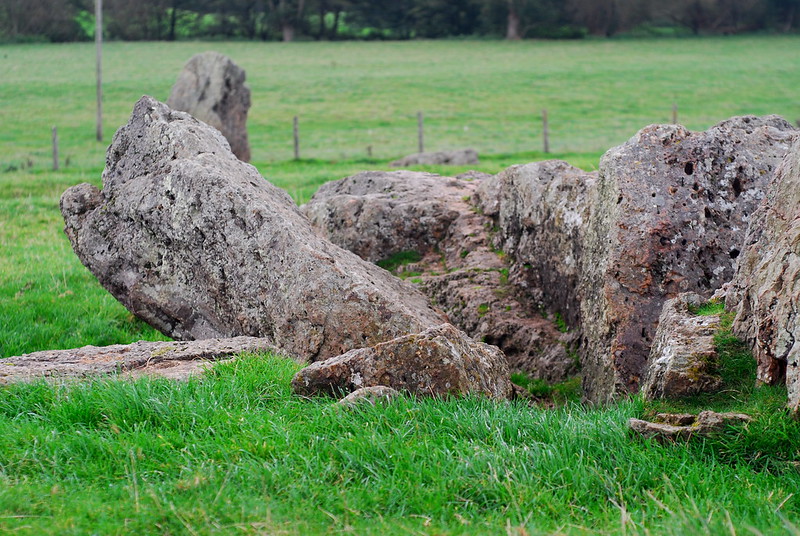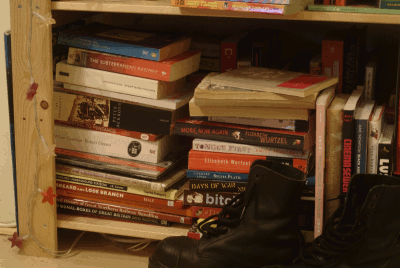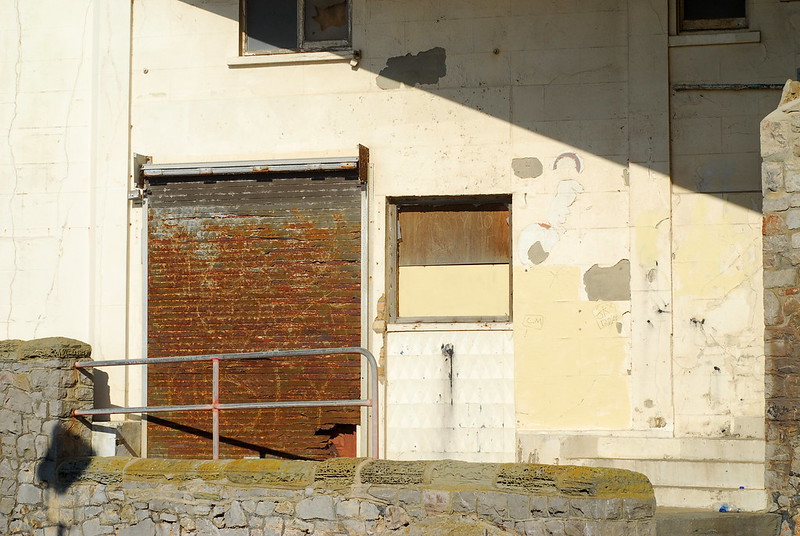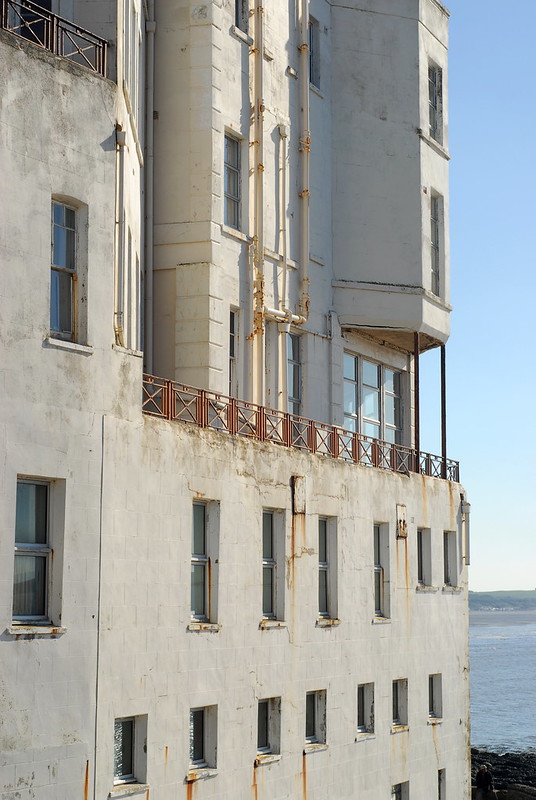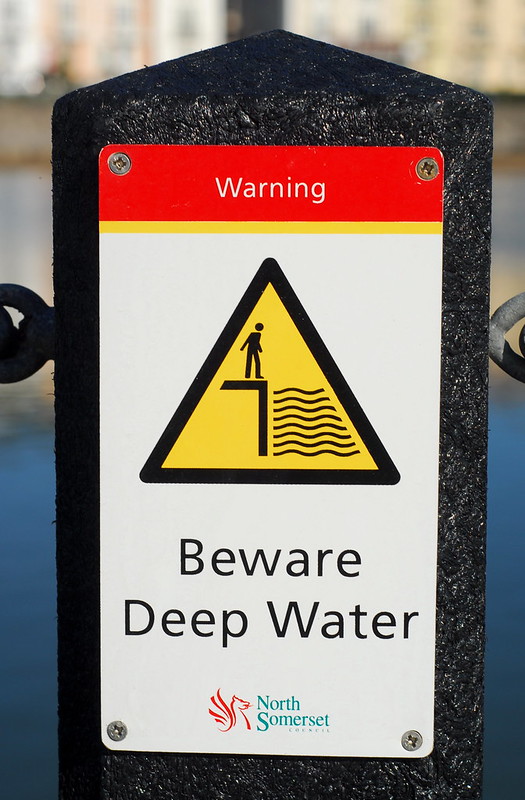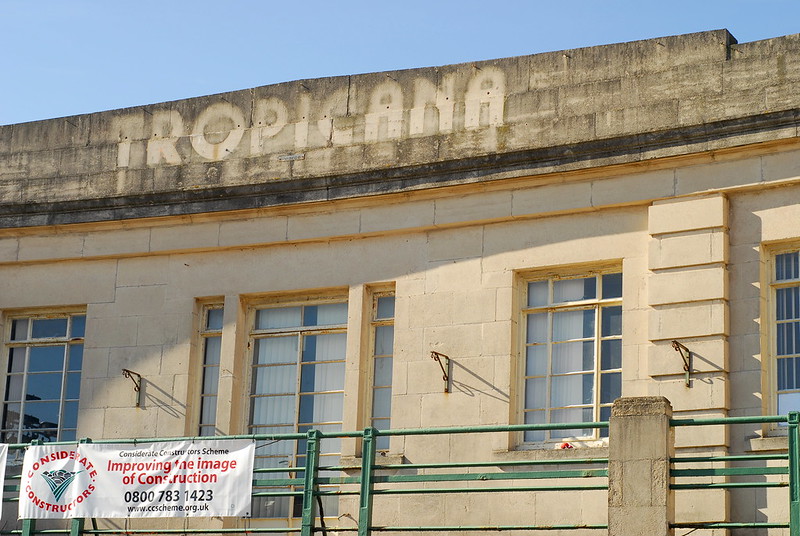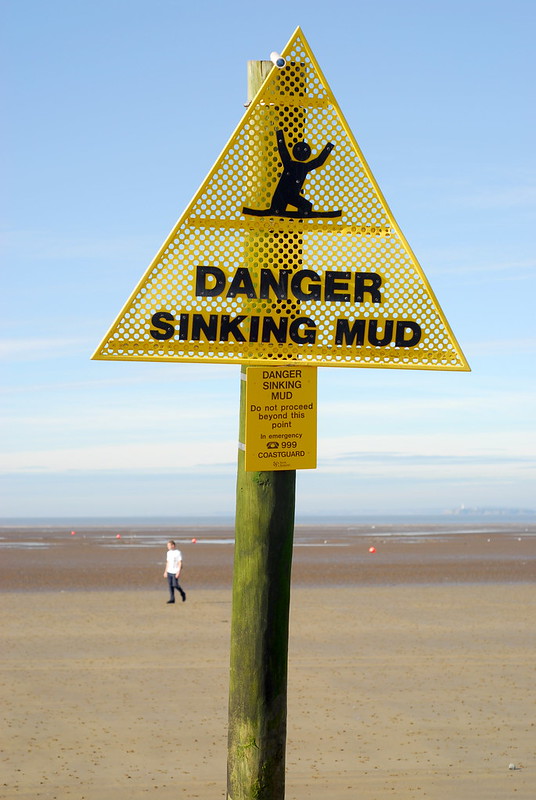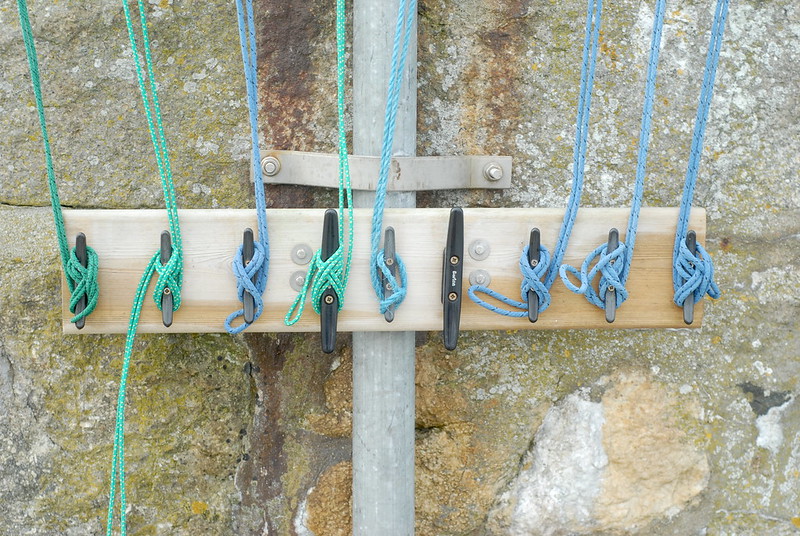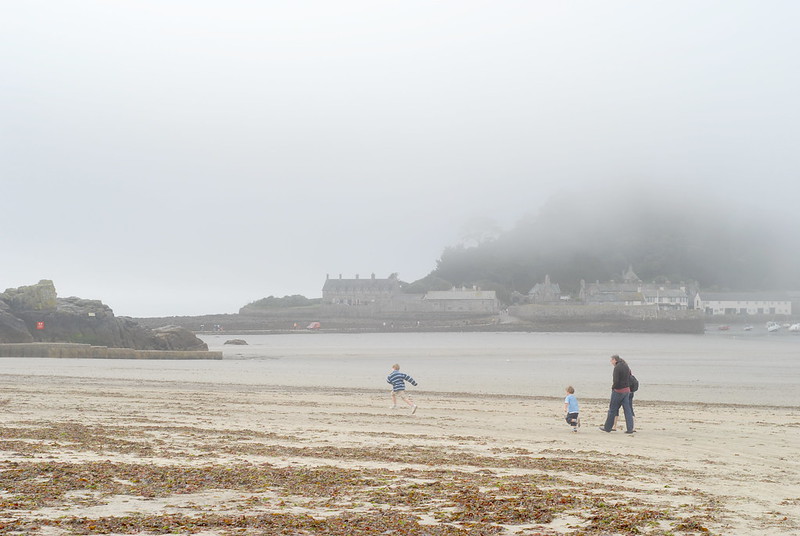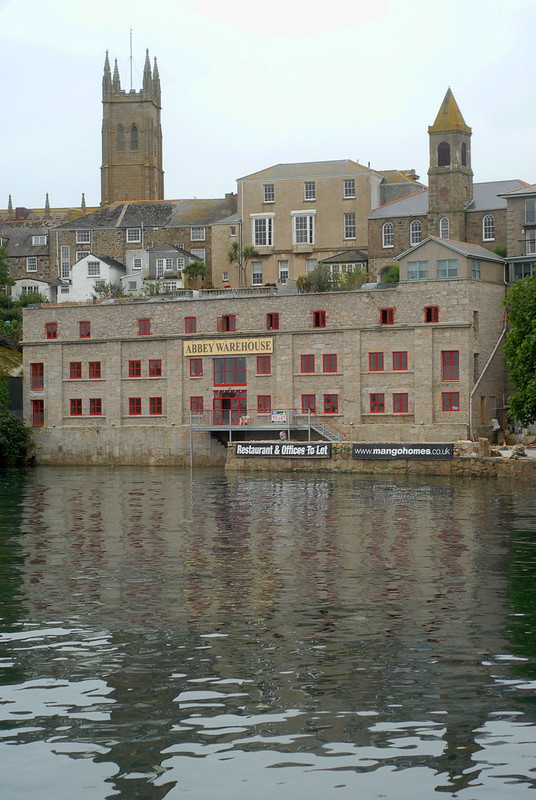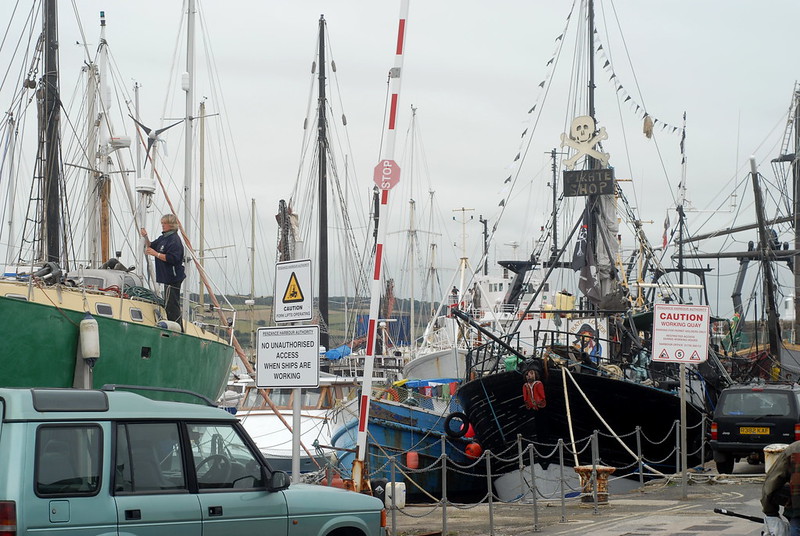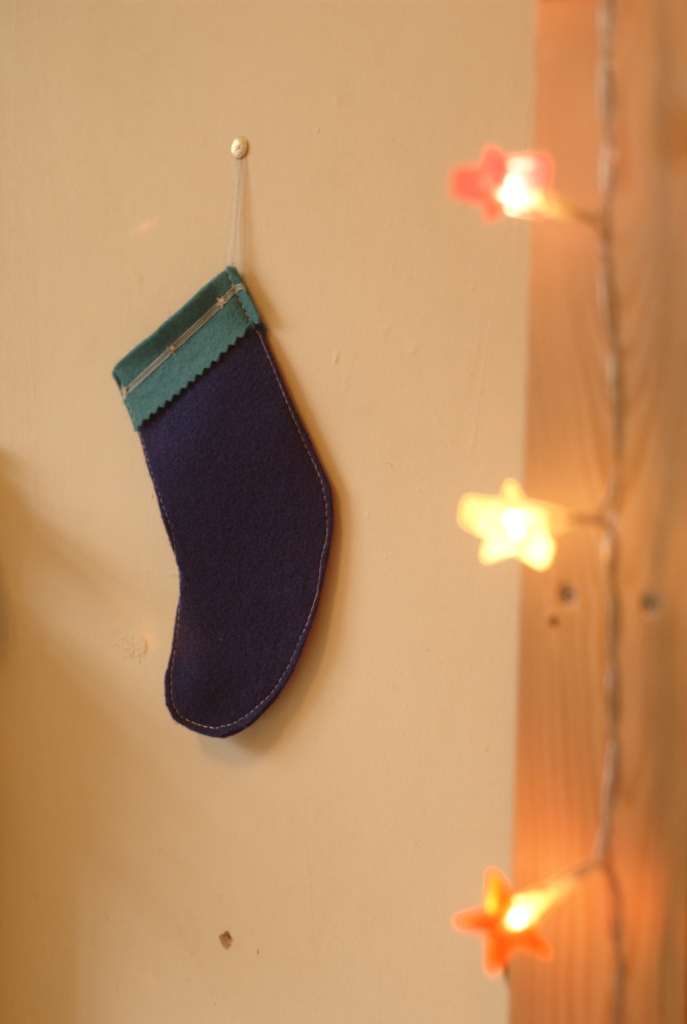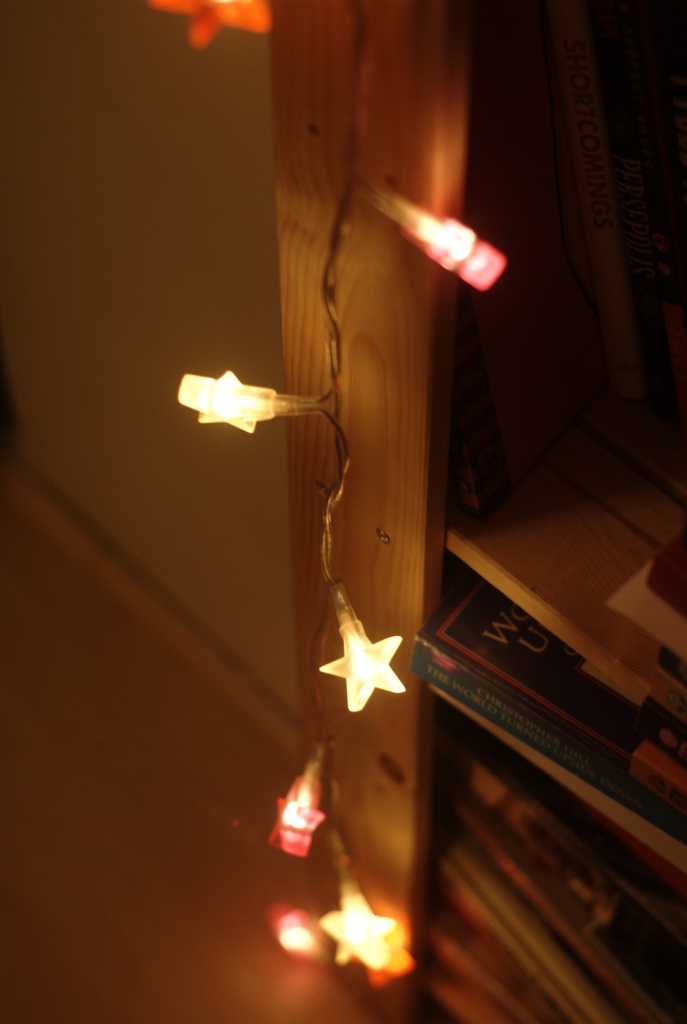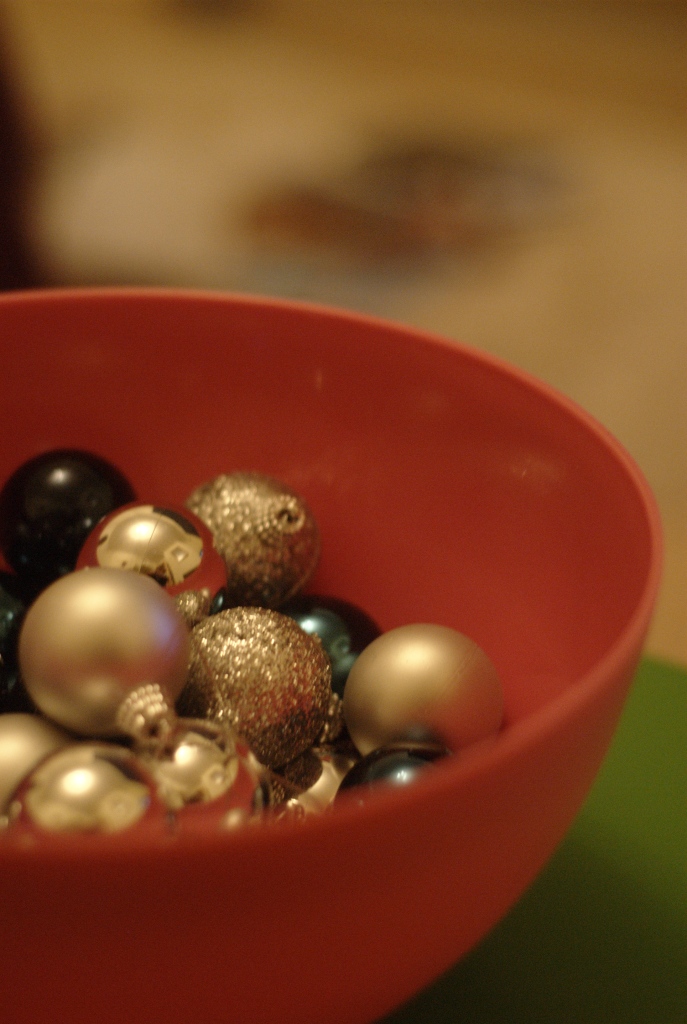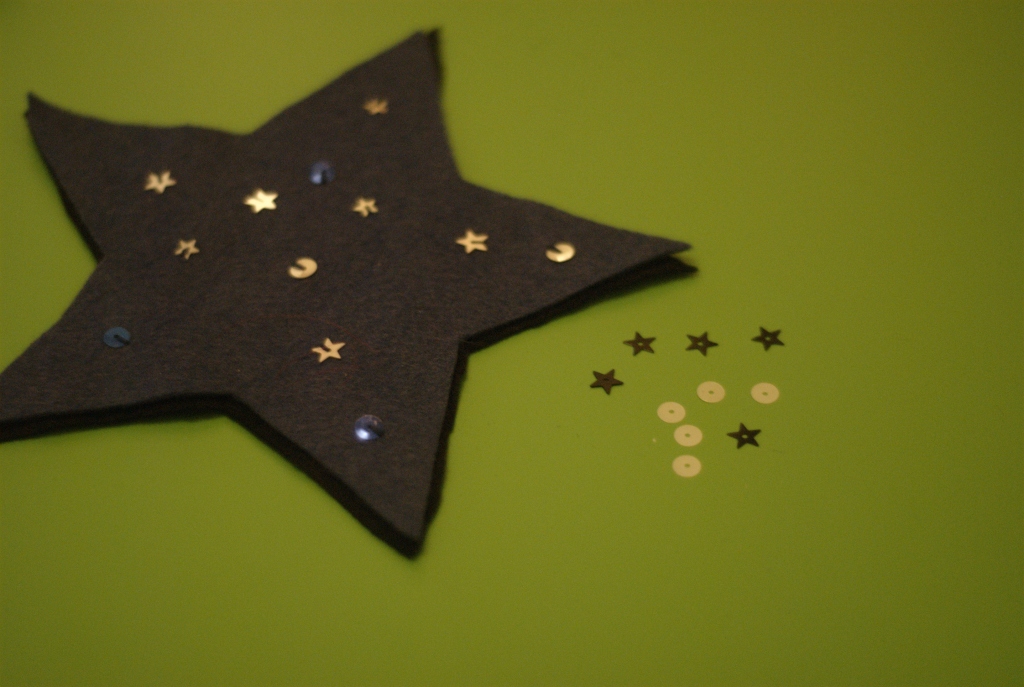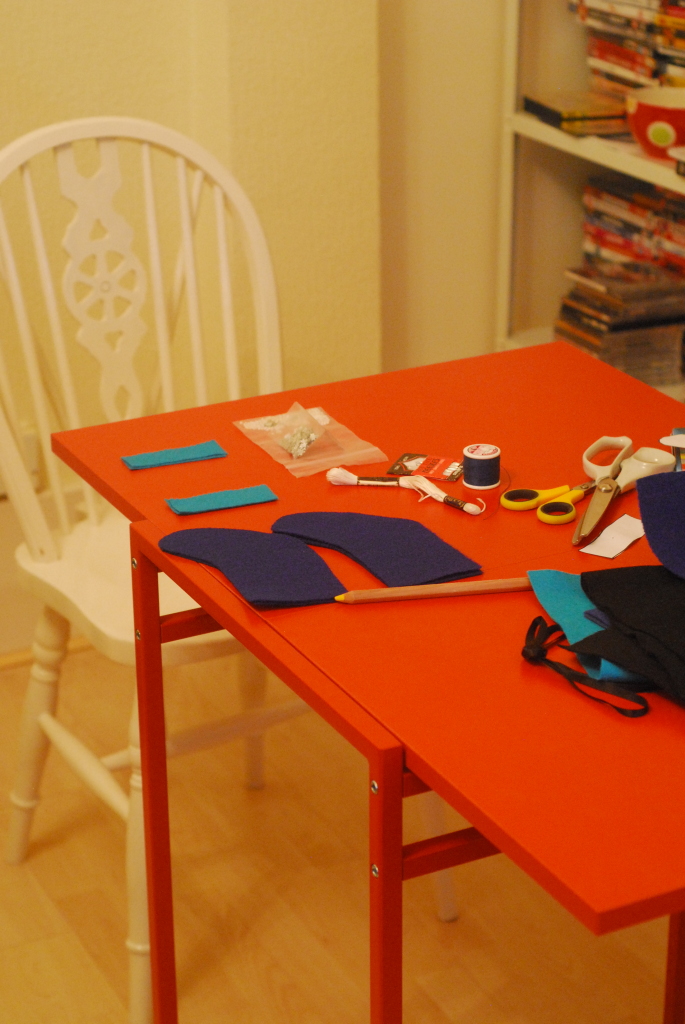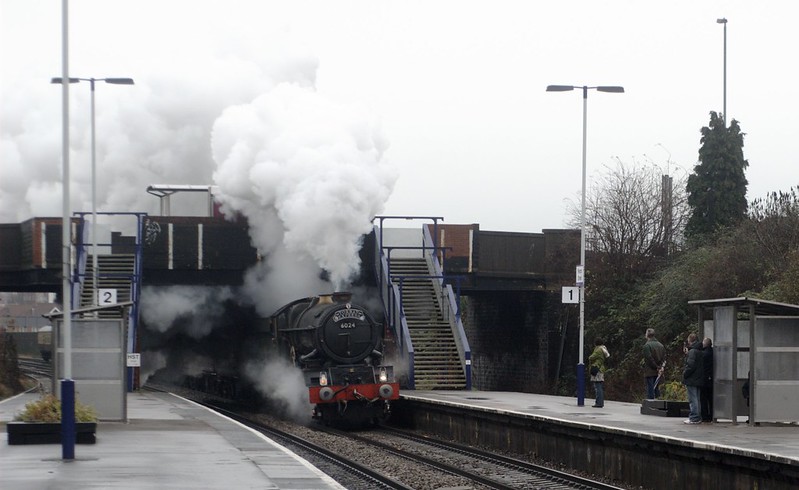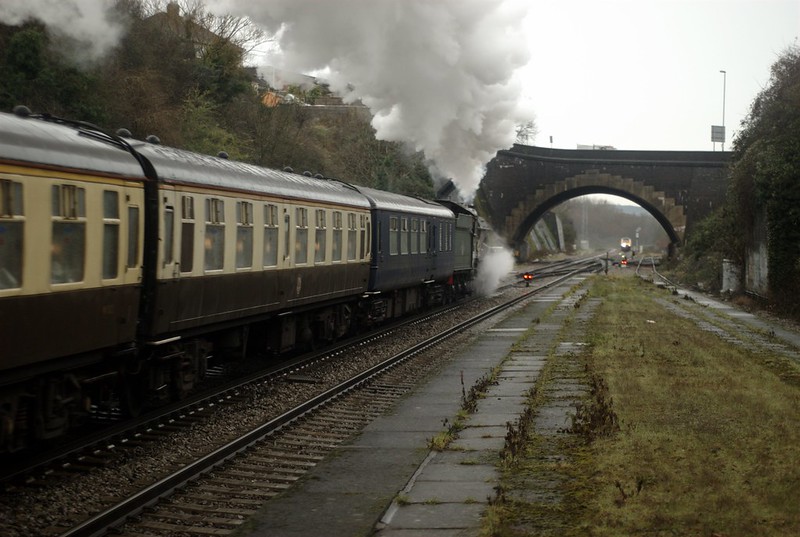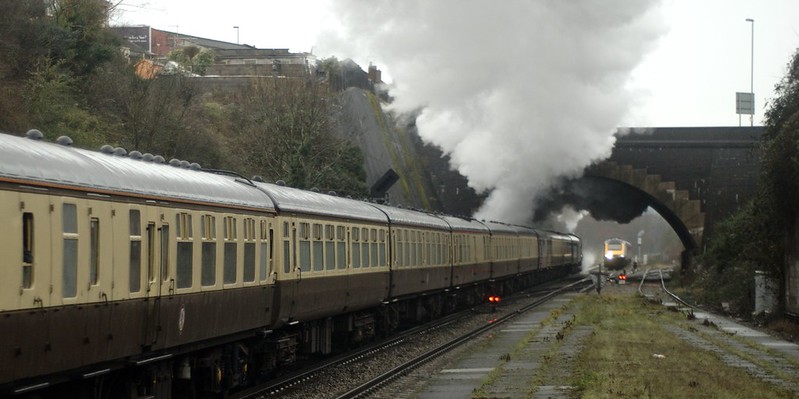Bristol often pops up on the telly. Famously in Casualty, Teachers and The Young Ones; slightly less famously in Only Fools And Horses.* Just lately, though, I’ve noticed a lot of trailers for a new BBC3 series, Being Human. Not only is it obviously filmed in Bristol – and south Bristol at that – but the city is practically the most distinctive character in it. Lots of shots of typical Totterdown terraces; with steeply-sloping streets, and brightly painted houses with rooftop parapets. I suppose that, as you arrive in the city, Totterdown is a rather prominent and visible area, what with the way it looms over Temple Meads like a pastel-coloured precipice.
After I’d seen it a few times, in fact, I wondered if I could recognise locations on the trailer. The pet shop window near the start, for example:
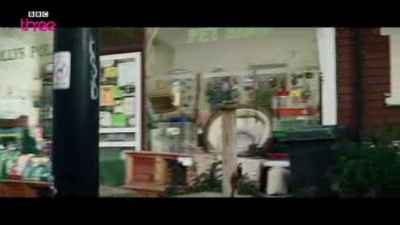
That’s an easy one, to be honest, because you can just about make out the shop name in the window. It’s “Ollys Pollys Pet Shop”, on St John’s Lane. Here’s a photo I took the other day, also with the lamp post in the way:
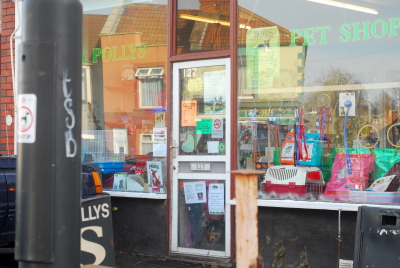
Spotting the location of the house that the characters are sharing is a bit trickier, but not much. At the end of the trailer the camera pans upwards to show the skyline behind their house.
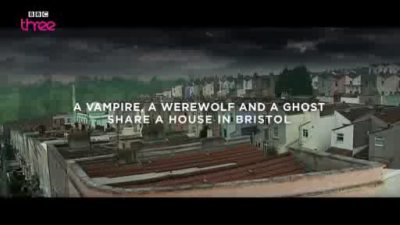
Over there in the background, underneath the darkening sky, you can see some greenery, and a building that looks rather like a mosque. If we assume that we’re right that this is Totterdown, then that must be the Green St mosque, and the greenery behind it definitely is the right shape to be Victoria Park.** So that means we must be somewhere between St Lukes Road and Wells Road. We’re looking for a very typical Bristolian corner terrace, as you can see from this shot:
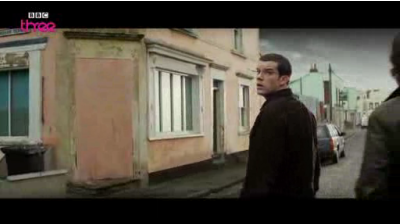
And a little bit of map-research and field-walking will take us right to it:
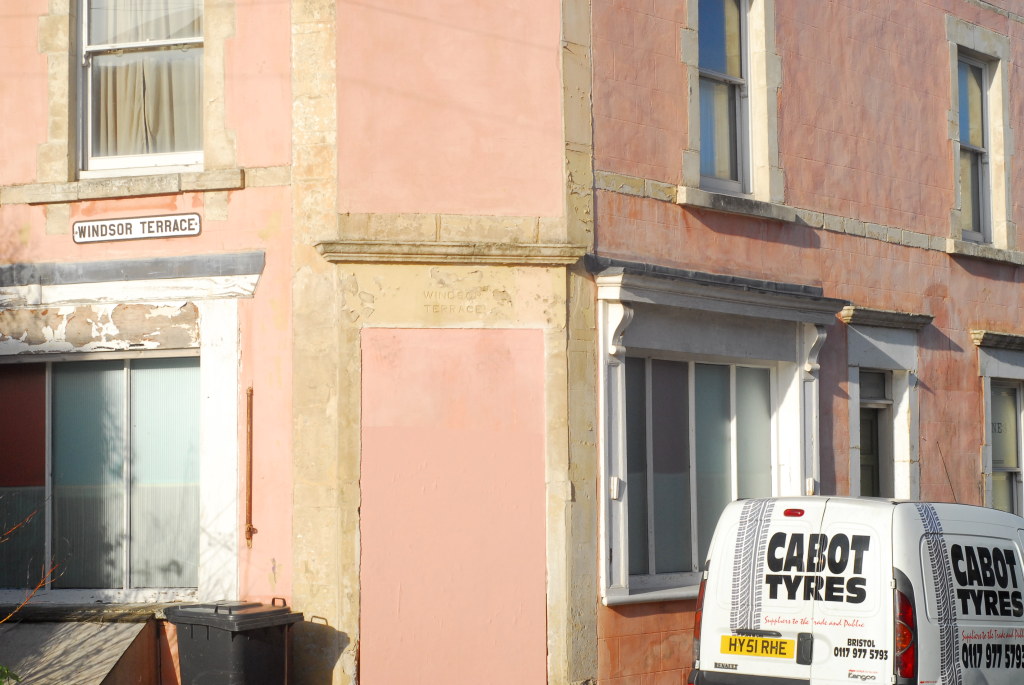
It’s on the corner of Windsor Terrace and Henry St, and looks rather dilapidated on the outside – peeling paint on the lintels, as you can see, both in my picture and on the trailer if you look carefully. Intriguingly, some of the downstairs windows are former pub window glass, etched, with words like “Wines & Spirits” on them. Being new to the area, I have no idea if the building was a pub at one time or not. Don’t worry: I’m not going to do this with every single scene in the show. But it was fun to discover the location: somewhere that looks very, very typically Bristolian, without being what you’d say was a real landmark.
* The outside shots of Nelson Mandela House were actually of a tower block in Bedminster, about ten minutes walk from where I am right now.
** Which I thought was called Windmill Hill park, because, well, that’s where it is. It’s rather interesting in its own right, because it contains a Troy Town maze built out of brick, built to commemorate the city’s clean water supplies. I keep meaning to write something about Troy Towns.
Keyword noise: Being Human, Bristol, photography, television, Totterdown, Windmill Hill.
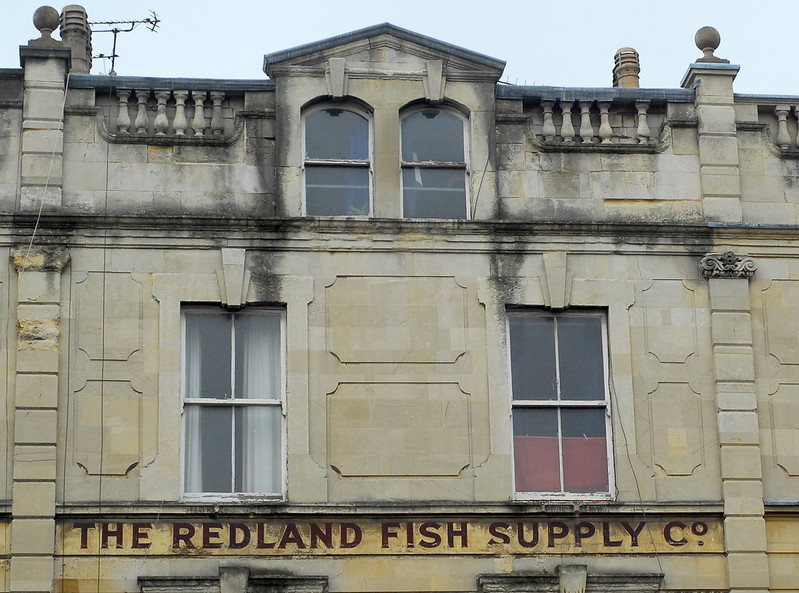
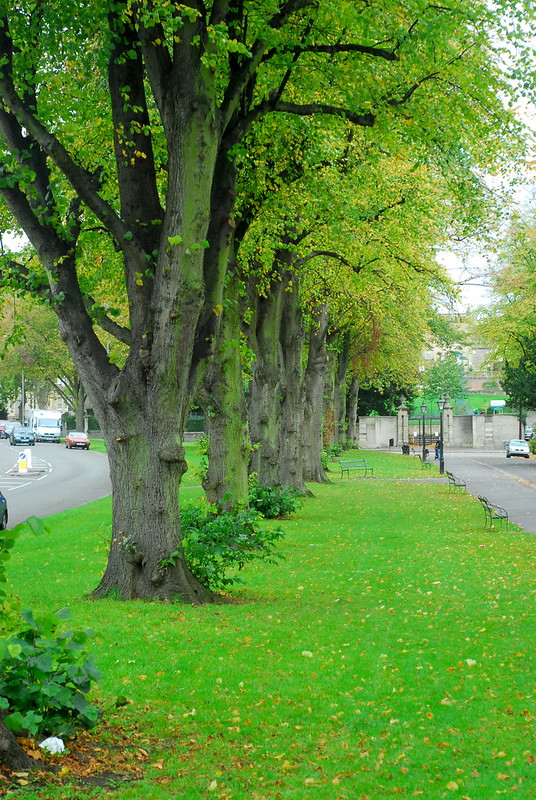
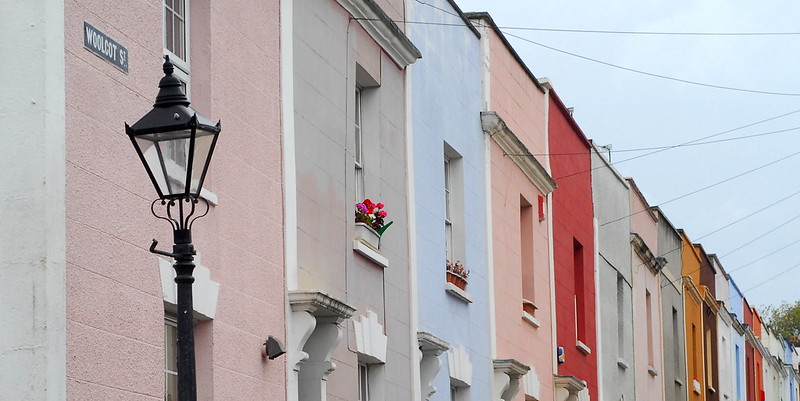
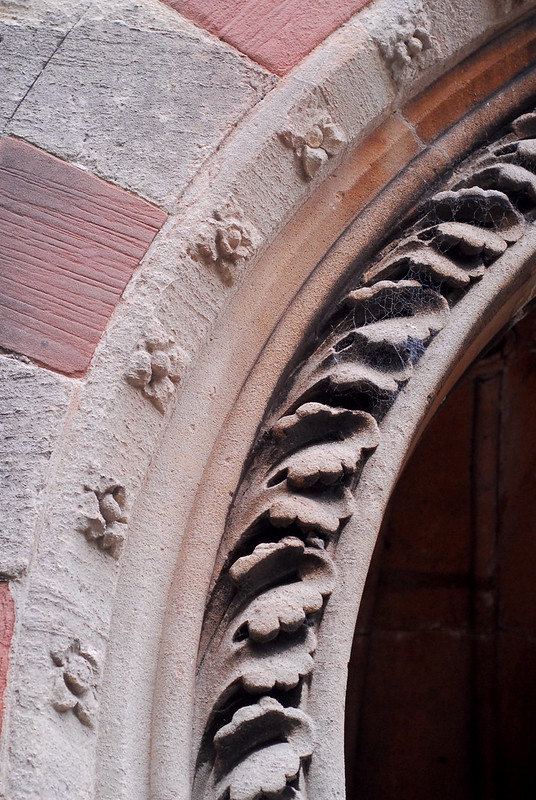
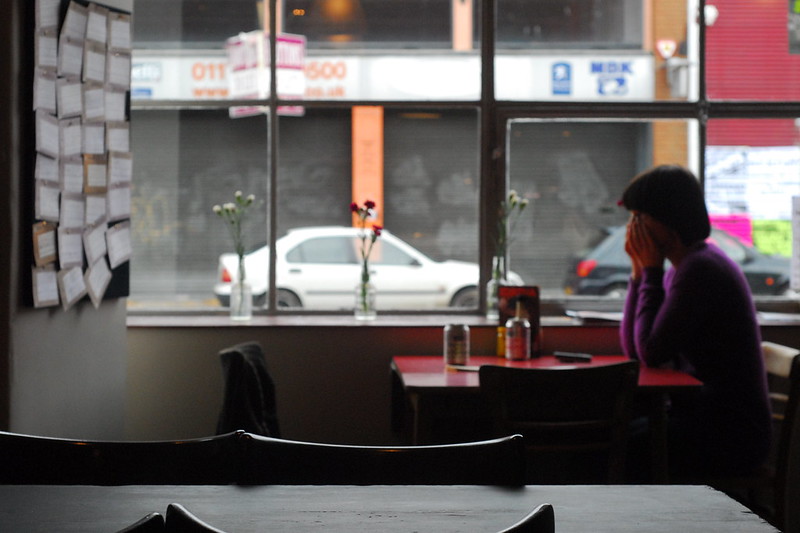
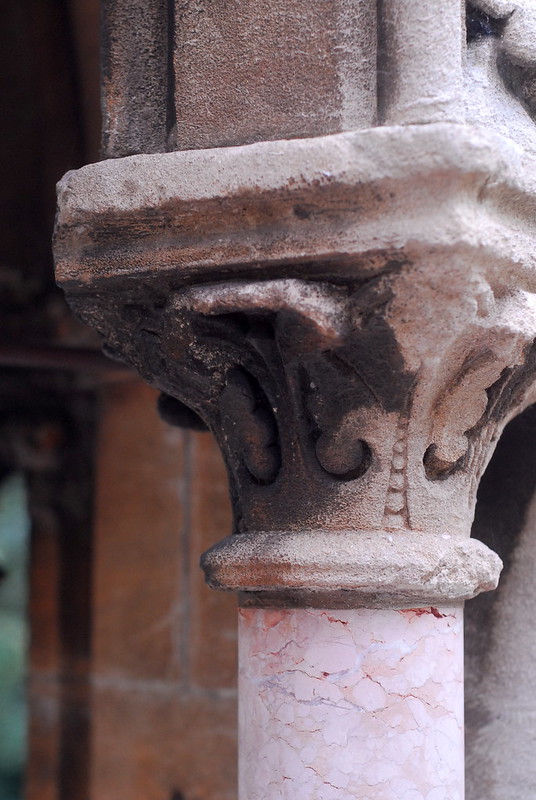

 Home
Home




